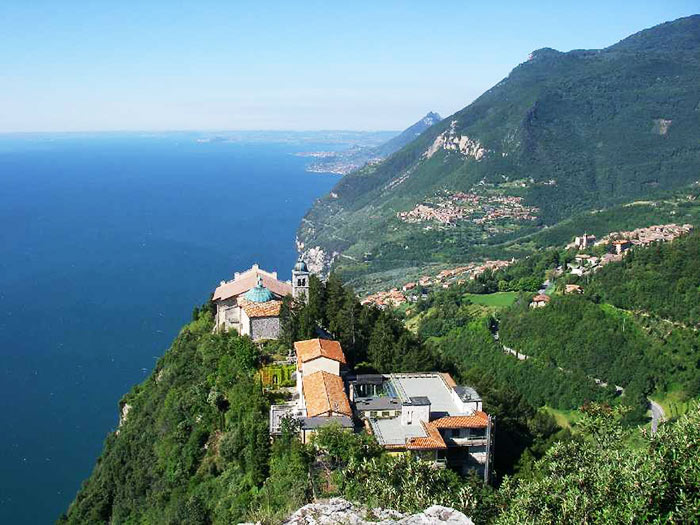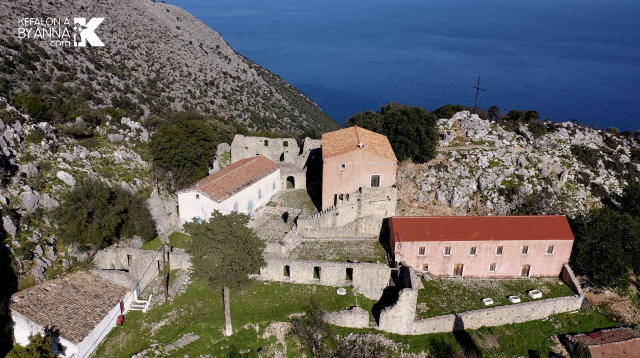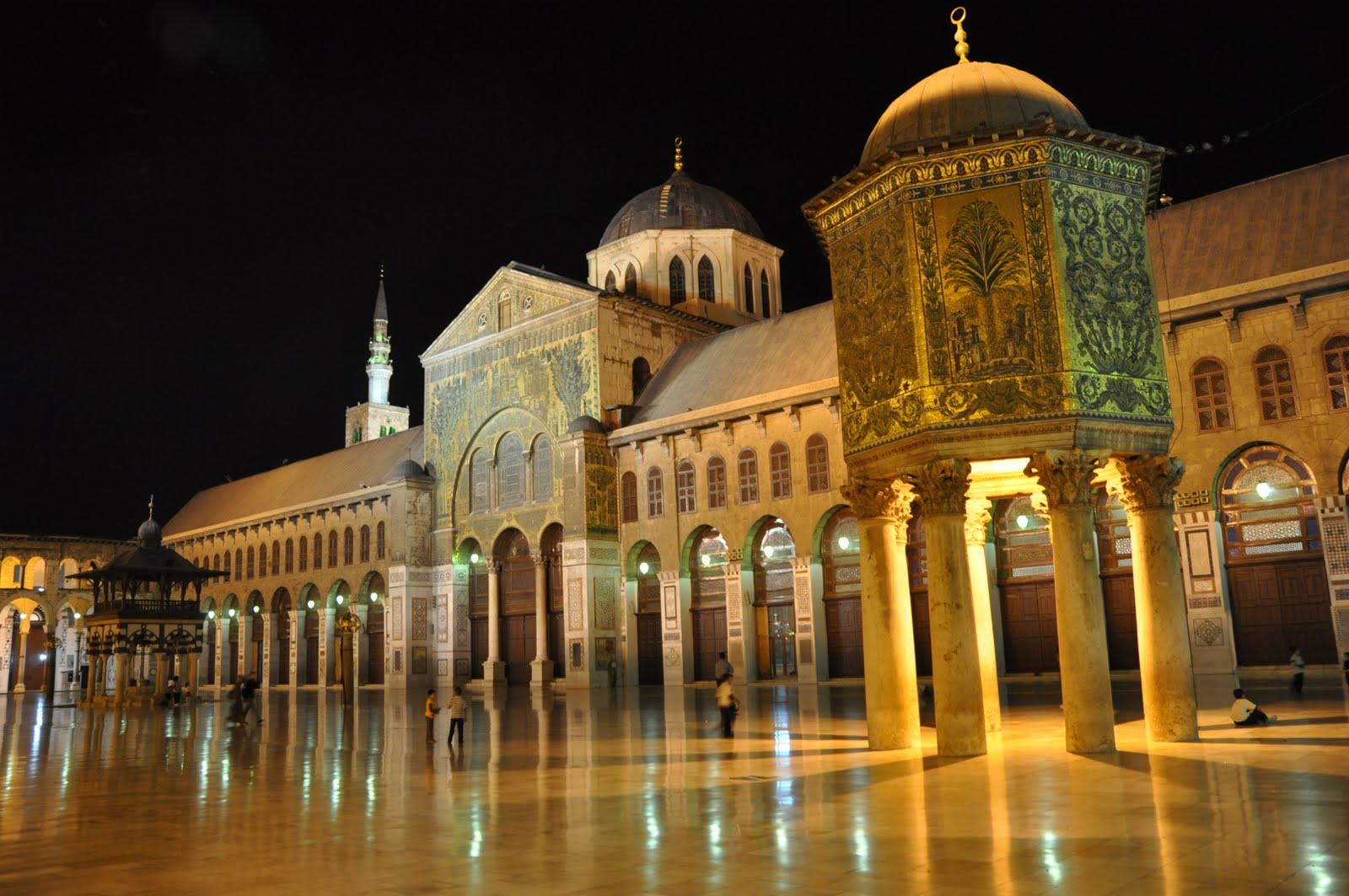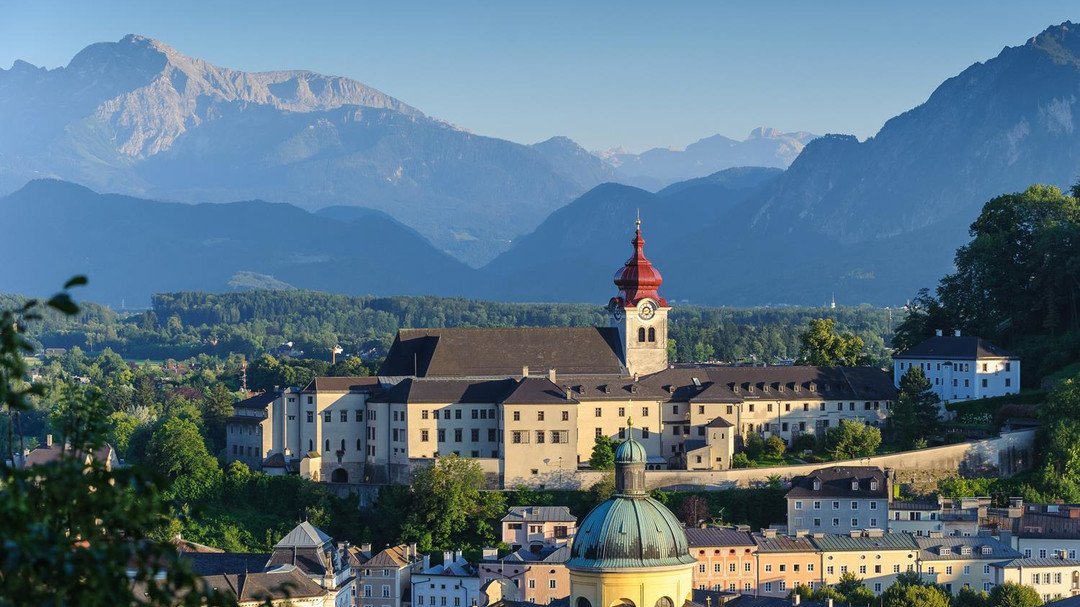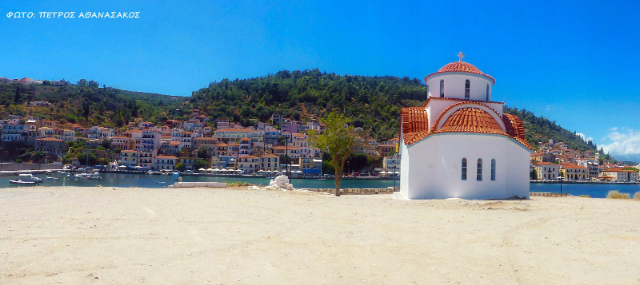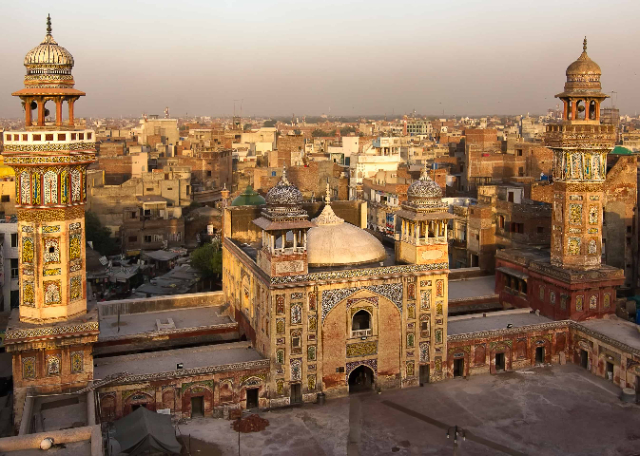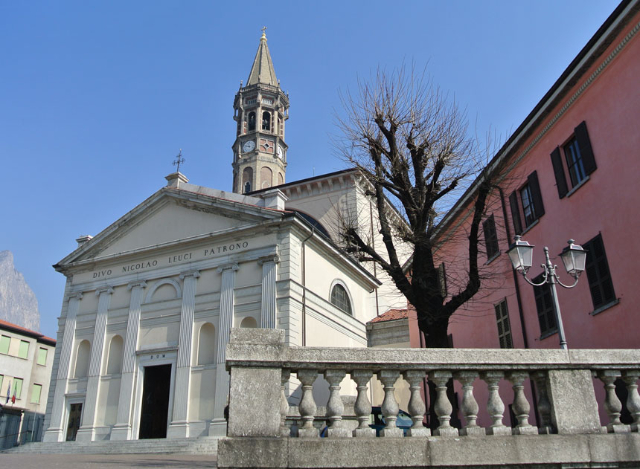The shrine features an actual surrounding wall with an imposing entrance portal. Beyond the entrance are two 19th-century buildings that once housed the shrine’s custodian and are now used as reception facilities for pilgrims.
The monumental staircase leading to the Santauario, on two flights, dates back to 1599.
The church, topped by a copper dome, has three naves. The central one houses the high altar and includes a soasa by Trentino carvers, that is, a wooden structure with statues. It adorns an ancient stone structure, the so-called "Holy House," which preserves a 14th-century fresco attributed to the school of Giotto, depicting the Madonna and Jesus blessing the Mother. Surrounding the fresco are four valuable copper-painted medallions depicting episodes of the Blessed Virgin Mary: the Presentation of the Infant Mary to the Temple, the Annunciation, the Birth of Jesus, and the Visit of the Magi. The two side aisles include two rich 17th-century wooden altars dedicated to Our Lady of Loreto and St. Joseph, respectively. There are also some paintings attributable to the Venetian painter Andrea Celesti and his school.
The Santaurio is also famous for its numerous ex-votos, indications of great faith and devotion on the part of the people of Tignale and the entire area in general.
Of particular note is the one commissioned by the community of Tignale for deliverance from the threat of the terrible bandit "Zanù" in the early 17th century, believed to be the largest ex-voto in Italy.
Beneath the church is an older structure that testifies to the presence of a shrine predating the present one, with two 15th-century frescoes (one of which bears the date 1458), depicting, respectively, the Madonna and Child with other saints (including a St. Sebastian, St. Vigilius of Trent, and a bishop saint, perhaps Zeno patron of Verona, or Erculian bishop of Brescia), and the Madonna Enthroned with Bishop Vigilius.
About the origins of the Sanctuary of Montecastello there is no certain information.
The tradition, which claimed the first attestation of the existence of a church in the area now occupied by the Sanctuary to be 802, lacks solid documentary foundation.
However, some archaeological findings make plausible a placement of the primitive cult building of Montecastello around the 9th century.
The mention of the church of Santa Maria del "Monte della Stella" in a papal bull of 1187 is also uncertain.
It is also handed down that a church was built at Montecastello in 1283, after a miraculous event that occurred during a battle between the Trentino and Brescia people.
However, the earliest secure data would date from 1458, which is the date that appears on a fresco in the lower rooms of the sanctuary.
The church of Montecastello is later mentioned in pastoral visits, starting with the one from the time of Bernardo Clesio, archbishop of Trent (1537).
During the 17th century the sanctuary was modified, taking on its final appearance, apart from the restoration of the facade in 1903.
In 1904 Our Lady of Montecastello was solemnly crowned.
